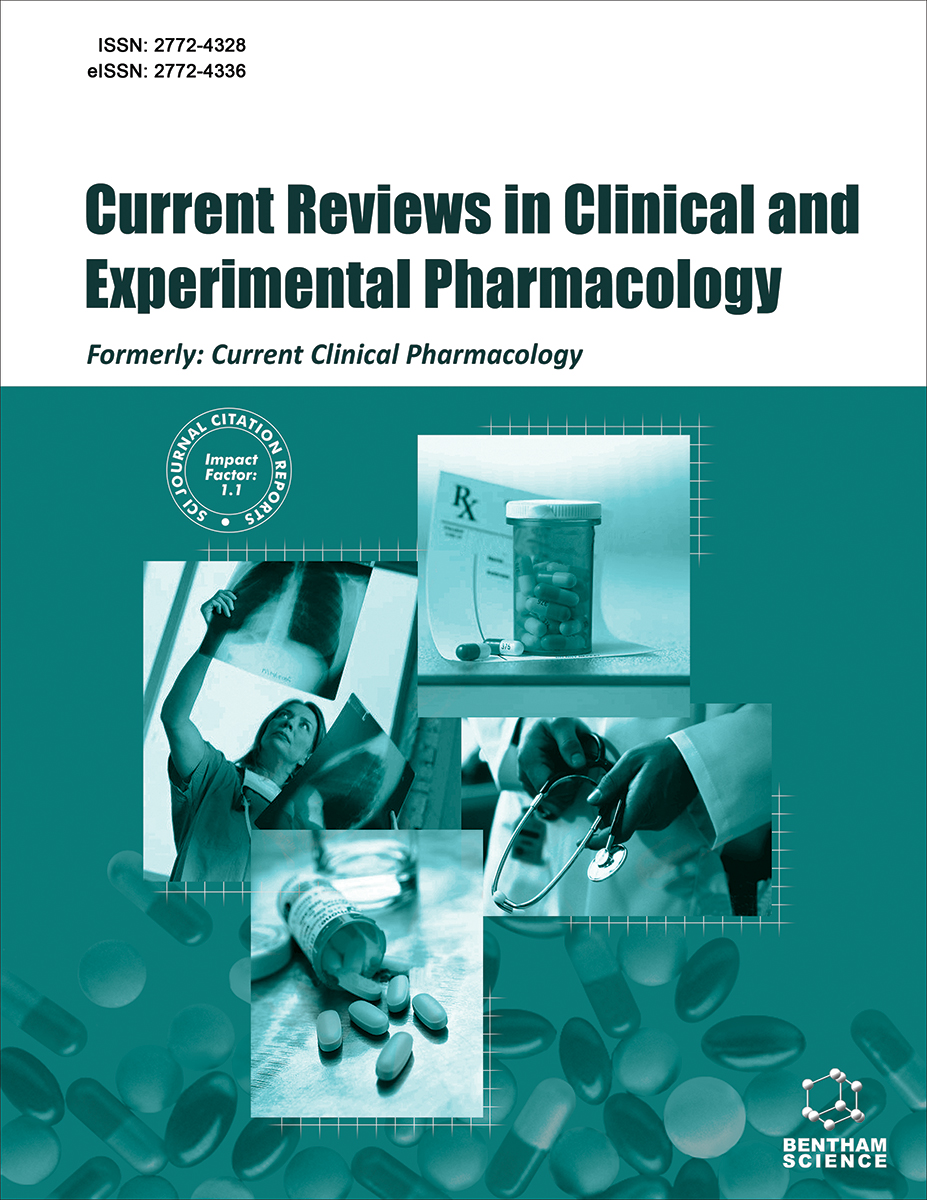
Full text loading...
We use cookies to track usage and preferences.I Understand
Diabetic is a metabolic disorder that is concerning for people worldwide, caused by a lack of insulin or ineffective production of insulin in the pancreas. Diabetic retinopathy, nephropathy, and neuropathy are significant microvascular complications of diabetes mellitus, contributing to substantial morbidity and mortality worldwide. Several synthetic medications have been developed. However, none of the compounds provides complete recovery. Long-term use of some synthetic medications might have serious negative effects, thus, there is a need for safe, affordable, and effective medications. Throughout human history, traditional ailments have been much respected as a source of treatment. Their widespread usage across the globe suggests that herbs/spices are becoming an increasingly important component of cutting-edge, contemporary medications. Therefore, the objective of this review is mainly based on the beneficial effect of Indian spices in managing diabetes. We review the current primary and clinical evidence about the potential of Indian spices, including curcumin, ginger, coriander, cumin seed, garlic, clove, cinnamon, curry leaves, and fenugreek seed with mainly their hypoglycemic and antioxidant properties, for treating diabetes mellitus, also managing diabetic-associated complications, such as neuropathy, retinopathy, and nephropathy. Here, we present the pre-clinical and clinical studies demonstrating how these spices can improve glucose metabolism, enhance insulin secretion, and mitigate oxidative stress, potentially alleviating diabetic complications.

Article metrics loading...

Full text loading...
References


Data & Media loading...

